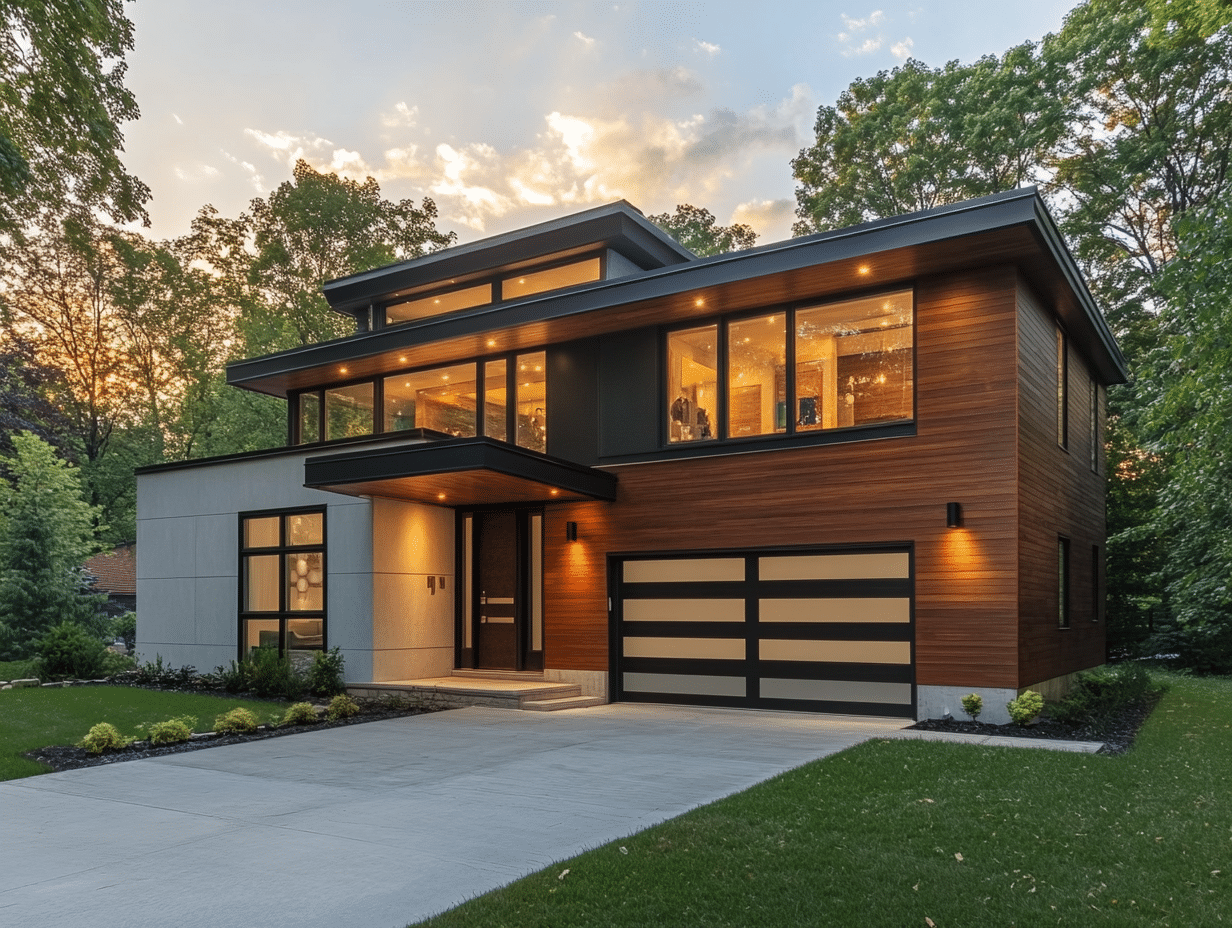
19 Aug How Long Does Concrete Leveling Last?
If you’re dealing with sunken, settled or otherwise damaged concrete, you might have considered getting someone to do concrete leveling. Also known as concrete lifting, concrete jacking and concrete raising, the process aims to repair the damaged concrete by drilling holes into them and injecting a material or mixture underneath to raise, level and stabilize the concrete. So, this method repairs sunken or settled concrete without doing a complete replacement.
Concrete leveling has many benefits. One is obvious – or rather not obvious, depending on how you look at it – i.e., it won’t stand out. Since you’re not replacing old concrete with a new one, you’ll only have holes that may or may not be visible since they could be less than an inch to just 2.5 inches, depending on the method used. There’s also no need to demolish the problematic concrete, and curing time is as short as minutes to hours or just a couple of days. In addition, concrete leveling is inexpensive compared to alternatives.
Still, with all these benefits, it’s important to ask if you’re getting your money’s worth. So, if you do decide to have your damaged concrete repaired using concrete leveling, how long does concrete leveling last?
Concrete Leveling is Durable and Long-Lasting
Concrete leveling is a durable way to repair your damaged concrete. It can last for a long, long time. How long? Well, if the process is done correctly and you maintain it properly, concrete leveling can last for 20 years to 50 years and beyond. It might even last for as long as your concrete stands.
And, it doesn’t matter what concrete leveling method you used. You could go for polyjacking or polyurethane foam concrete lifting, mudjacking, or stone slurry grout concrete lifting. As long as the two conditions above are met, you’re set for life, er, your concrete’s lifetime that is.
However, some people might only have their mudjacking for about 5 to 10 years, whereas polyjacking might go on to live for more than 10 years. What makes it last long and what makes it fail?
Well, it all depends on the condition of what’s under the concrete. It could be soil, backfill or gravel, but when these materials settle or wash out, the concrete that lays on them follows suit. So, in concrete leveling, it’s essential for contractors to ensure that the material over which the concrete leveling mixture will be injected into is done settling and won’t erode or move.
How is Concrete Leveling Done Correctly?
Again, it’s worth mentioning that the key to concrete leveling that will last decades is to make sure that the soil or material underneath the concrete has had time to compact and that there is no soil erosion happening. If these two criteria are met, you should be able to enjoy that concrete leveling for years and years to come.
So, the burden is on the concrete leveling contractor to determine if the soil has completely settled and to find any burrowing pests, direct water flow and other sources of water erosion. Because while concrete is a tough and long-lasting material, it relies on stable ground to stay in place. Otherwise, you’ll likely find it sink or damaged again after a while.
Reasons Why Concrete Leveling Fails
We’ve delved a little bit into the main reasons why concrete leveling might sink or settle, but let’s dive deeper into the details in this section. The following things could be the reason why you’re seeing your concrete sagging or less durable.
Uncontrollable natural setting
There’s a reason why concrete leveling companies don’t offer warranties for new homes, i.e., those houses that are 5 years old or less. It’s because it takes at least 5 years up to 10 years for the top soil on which structures are built to naturally settle. When this hasn’t happened yet, you run the risk of ruining any leveling you do to the concrete.
Exposure to Sources of Erosion
When the soil underneath the concrete erodes, it could undo what you’ve achieved with concrete leveling. So, watch out for the following sources of erosion and make sure to keep them managed or as far away from your concrete as possible.
- Water flow
There are several ways in which water can cause concrete leveling to fail. First, water can erode the soil under the concrete leveling material used to lift the sagging concrete back into place. This happens little by little, but over time, erosion will result in the concrete to sink or settle once more. This exposure to water might also lead to the soil compacting at a faster rate.
Then there’s the freeze-thaw cycles. During winter the water in the soil hardens, but when spring comes around, it thaws and returns to its liquid state. When this happens, the soil which it used to hold up in the winter now fills the gap that the frozen water used to occupy. If this occurs below concrete, it will cause the material to sink or shift.
- Burrowing animals
Another reason why concrete leveling might fail is when there are burrows in the soil. It doesn’t matter if it’s ants or something bigger, the effect is still the same. The burrows create a hole or void in the soil which weakens it. Without proper support to prop it up, concrete then begins to settle as the soil compacts. And, if you’re using polyjacking, animals like ants might be able to burrow through the material and cause stability issues.
Improper Void Fill
As you might have noticed, there is a recurring theme around which these issues with concrete leveling revolve around: holes, void, gaps. These can also arise from improper void fill.
You see, for concrete leveling to work properly, the injected material or mixture must completely fill the space underneath the concrete in order to support it well. If this is not the case, then you have a problem.
This issue has a higher probability of happening with mudjacking and polyjacking. Whereas stone slurry grout leveling can fill the void beneath the concrete using low pumping pressure, the other two tend to create pyramids, pillars, or pancake stacks when injected.
As a result, mudjacking and polyjacking might leave some gaps or voids under the concrete. This space creates unnecessary stress under which the unsupported portions of the concrete might crack. These holes also encourage water to pass through, leading the way for erosion and slab resettling.


No Comments